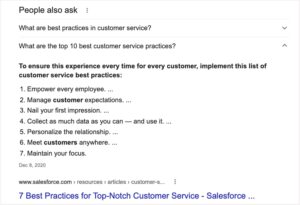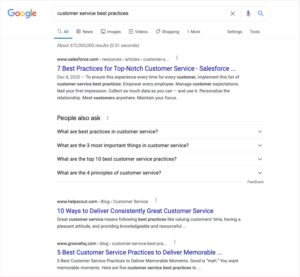With over 8.5 billion searches performed on Google daily, the competition for visibility is fierce. To stand out, you need to create content that aligns with what your audience is searching for. That’s where keyword research comes in.
At Saya Agency, we know that effective keyword research is the foundation of a successful SEO strategy. In this blog, we’ll walk you through 6 actionable steps to identify the right keywords, optimize your content, and drive more organic traffic to your site.
Keyword research isn’t just about finding popular search terms—it’s about understanding your audience’s intent and creating content that meets their needs. By targeting the right keywords, you can:
At Saya Agency, we use tools like BrightEdge and SEMrush to uncover high-value keywords that align with your business goals.
Start by entering your topic or keyword idea into an SEO research tool.
Actionable Tip: Use tools like Google Keyword Planner or Ahrefs to analyze search volume.
Ensure your target keyword matches what your audience is searching for.
Actionable Tip: Tools like SEMrush and Ubersuggest can help you find related keywords.
Long-tail keywords are specific phrases that often indicate high intent.

Actionable Tip: Use long-tail keywords in headings and subheadings to improve visibility.
Understand what type of content Google is ranking for your target keyword.

Actionable Tip: If top results are listicles, consider creating a similar format.
Analyze what your competitors are doing to rank for your target keyword.
Actionable Tip: Use tools like Ahrefs or SpyFu to analyze competitor strategies.
Ensure you’re not targeting the same keyword across multiple pages.
Actionable Tip: Work with your SEO team to audit and optimize existing content.
At Saya Agency, we specialize in helping businesses unlock the full potential of SEO. From keyword research to content optimization, we provide the tools and expertise to drive organic traffic and boost conversions.
Ready to elevate your SEO strategy? Contact Saya Agency today to learn how we can help you find the right keywords and create content that ranks.
Ready to take the next step in marketing?
hello@saya-agency.com
+1 310-733 0406
5455 Wilshire Blvd,
Suite 1111
Los Angeles, CA 90036
© 2024 Saya Agency
Ready to take the next step in marketing?